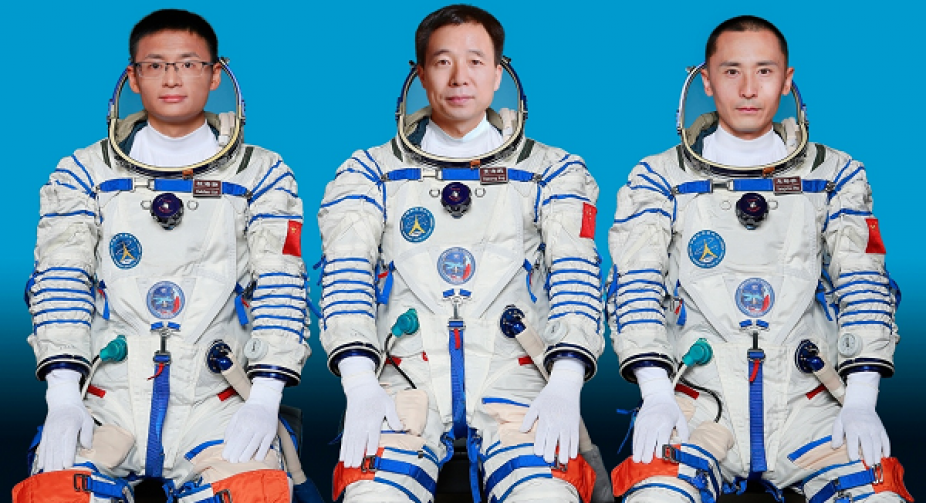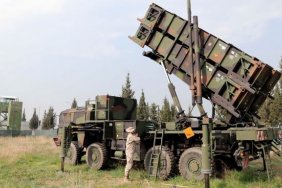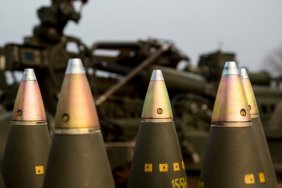China has sent three astronauts to its already fully operational space station as part of a crew rotation. This is the fifth manned mission to the Chinese space outpost since 2021, writes Reuters.
The Shenzhou-16, or Divine Ship, spacecraft and its three passengers launched on a Long March-2F rocket from the Jiuquan Spaceport in the Gobi Desert in northwest China. According to the media, among them is the first civilian taikonaut in history.
The Shenzhou-16 astronauts will replace the three-person Shenzhou-15 crew that arrived at the space station in late November.
The three-module station was completed late last year after 11 manned and unmanned missions since April 2021, starting with the launch of the first and largest module, the station's main living space.
China has already announced plans to expand its permanently housed space outpost, with the next module to dock with the current T-shaped space station to create a cruciform structure.
Beijing is expected to launch another crew to the orbital outpost this year.
The United Arab Emirates has announced plans to send a spacecraft to study the main asteroid belt of the Solar System. The project, called the Emirates Asteroid Belt Mission, aims to develop the spacecraft in the coming years and then launch it in 2028 to study various asteroids.






